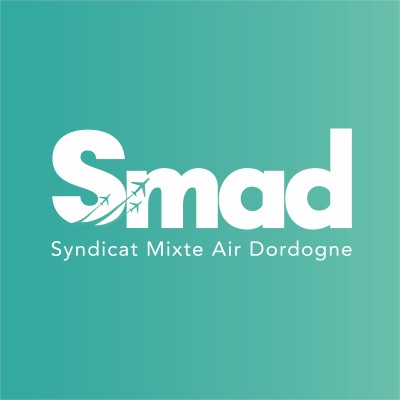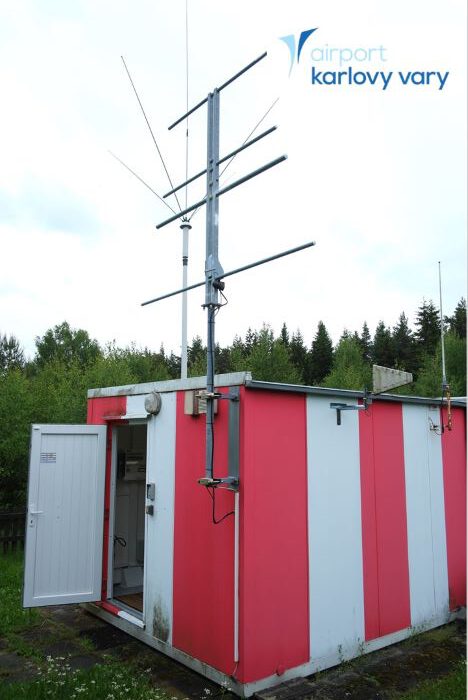
I received a friendly email to QSL NDB LAR-382 and EVR-425 Portugal. Rosa Roque, head of maintenance at FIR Lisboa Airport, answered the email I sent to geral@nav.pt . The same address that verified my reception of NDB FIL on the Azores.
Dear Peter,
We confirm that these are the frequencies and the call sign of these radio beacons.
It’s amazing how, under exceptional propagation conditions, a frequency can be heard at such a great distance.
This is to confirm that Peter Reuderink has received radio beacons LAR on 382 kHz, and EVR on 425 kHz.
Many thanks. Best Regards.
Atenciosamente,
Rosa Roque
DOPLIS/MANLIS – Head of Maintenance Services
Lisbon FIR Operations Directorate

As far as I know their are 4 NDBs left in Portugal. Two of them can be received most evenings at my QTH,
LAR at Arruda (I guess the callsign is derived from Lisboa-ARruda) is situated north of Lisbon International Airport aligned with the runway.
EVR is situated at Évora Municipal Airport. The Brazilian aircraft manufacturer Embraer owns two plants adjacent to the airport.
























